Throughout human history, maps have been a powerful tool to communicate complex information, patterns, and formations in a simplified way. The earliest known maps were drawn in caves during 2300 B.C. Today, they are drawn on various objects such as pieces of plain paper, canvas, computer screens, and many more. With the advancements in the field of computerized graphical representations, maps have garnered a popular status as a method of visual representation in all fields.
In the Information Technology field, IT administrators and network engineers create a pictorial representation of their network, servers, devices connected such as PCs, routers, firewalls, switches, and many more. IT administrators create network maps to check the status of connected devices, for network monitoring, to check network performance, and for analyzing networks before initiating troubleshoots. It is known as Network mapping. It gives them a bird's eye view of their whole IT infrastructure. The corporate world, Government agencies, academic institutions have a large network of interconnected devices. Therefore, it is essential to monitor the structure and function of IT networks to reduce the possibility of any downtime.
Fortunately, there is software available to map networks so that network engineers need not do the process manually. The network maps can be automatically created, updated, and integrated into monitoring tools with the help of a Network Mapping Software. Businesses can utilize the service of a network mapping softwareto prevent bandwidth overloads and to keep their networks monitored.
What is Network mapping?
Network mapping is a systematic process of designing network maps to visualize network connectivity. It is the visual presentation of the actual interconnectivity between connected devices. Network mapping done via software detects all connected devices automatically and helps in network management. Network Mapping is essential for smooth network connectivity and maintenance of the IT infrastructure.

Before the advent of the network mapping software, network administrators used to manually draw the visual representation of their networks including the servers, connected desktops and the hubs. Network engineers used to draw the network to visualize it on one chart, page or canvas as per their understanding of their network. This process took a lot of time and IT admins had to revise the structure whenever a new device was introduced. See the below picture to understand how network maps were drawn manually:
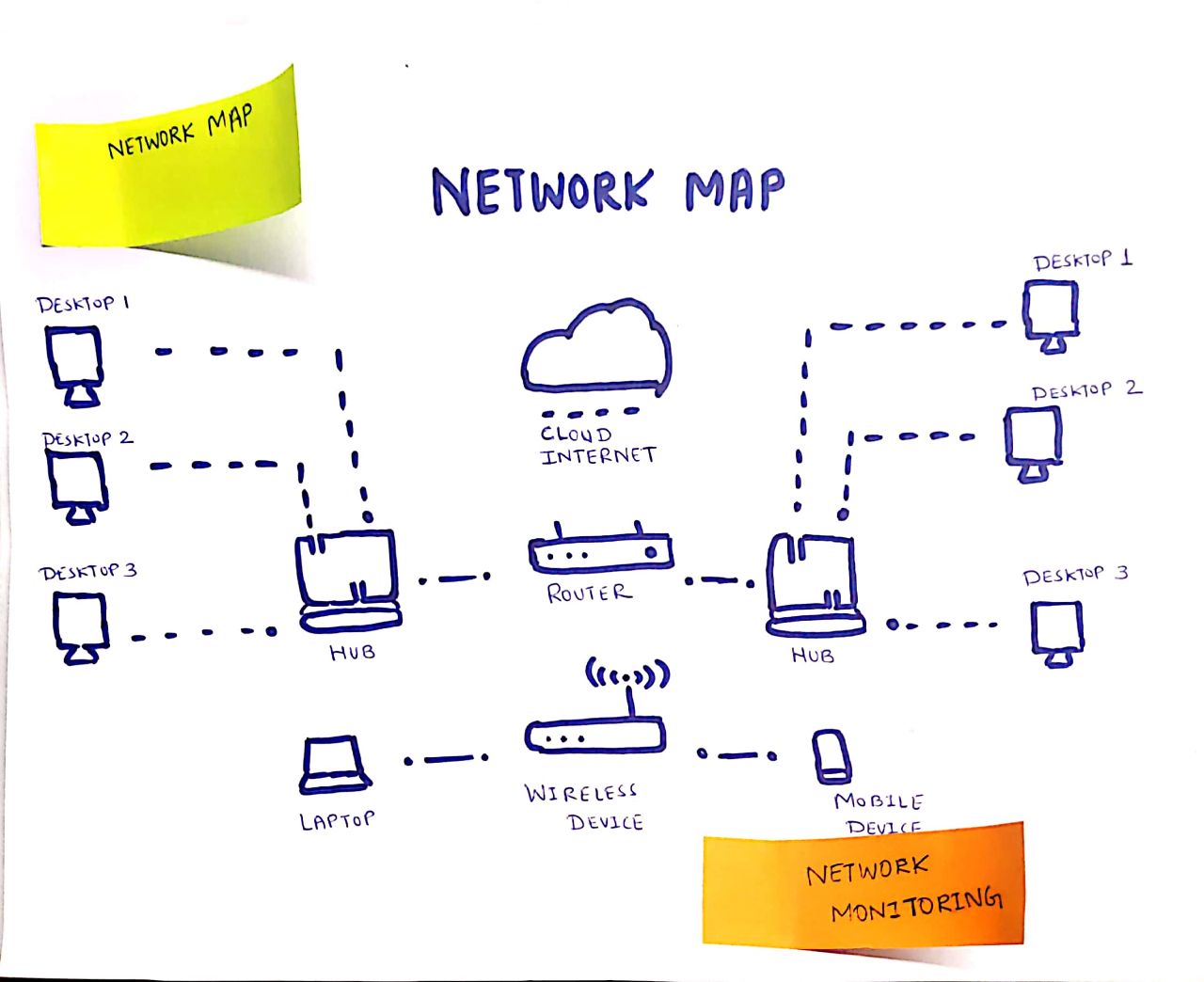
What is Network Mapping Software?
Network mapping software provides application tools to map a network visually. It maps and identifies node relationships and network connectivity to all software and hardware devices. The network mapping software sends special data packets and protocols to collect real-time data from connected devices. The data is used by the mapping system to generate reports on networks. It monitors network performance, identifies network inefficiencies and bottlenecks, and discovers hidden network items.
Why is Network Mapping essential for IT infrastructure management?
Situation 1:
Generally, companies send large data files from their network to external networks or even within their own network. These files consume a large portion of internet bandwidth, which may cause other computer systems to work slow. Too much overload can also cause a complete crash down of system servers. Without a network map, it will be difficult for the IT administrators to find the exact computer that is consuming the bandwidth.
Situation 2:
All companies need to back up their data. Backup is essential either in real-time or at a regular frequency. During backup sessions, a large deal of data is consumed, which puts enormous pressure on your bandwidth. Too much load can create a bottleneck for your network, and all systems can come to a halt. In such scenarios, network administrators have to identify and track down glitches or overload parameters in the backup process. Network maps can assist in troubleshooting by providing the topographical image of the connected system.
Situation 3:
There can be a situation where your company has installed some new software application which is consuming too much data. Maybe the application has some bugs or errors. Sometimes even the applications that were running smoothly before might get infected with a computer virus or a software glitch that might cause it to load slowly. Tracking down that application is easy with network maps.
Situation 4
Your networks are down. Your servers are unable to connect to the devices. No file is being uploaded, no backup is going on, and no new application is being installed, yet you are unable to find out the reason for system slowdown. This may happen as the devices may have lost connectivity to the servers due to hardware issues. Identifying which hardware device is unresponsive is very difficult. Network maps assist in finding the glitch.
Analysis:
Whatever the issue is, your employees, clients, customers, and other managers using the network will find all the above situations as irritating and unhealthy for their work. At this point, the IT managers have to look into the root cause of the situation and find out what is consuming their data? A quick diagnosis of network glitches can help IT managers to solve the issue proactively. Proactive monitoring of networks through Network mapping is the key to efficient network management. With network mapping using an efficient network mapping tool, IT admins can solve all the above four situations.
It is important to envision and picture every component of your network to solve the above situations. With a network map, you can exactly find out the root cause of the glitch by monitoring the below three areas:
- Network Visualization
- Device Monitoring
- Network Diagnosis

Why do businesses need network mapping software?
- To Monitor Bandwidth
Bandwidth monitoring means measuring the bandwidth available on a local system (LAN or WiFi). A Bandwidth monitoring tool of the network mapping software is used to capture and display real-time download and upload speeds. It helps in preventing network overloads. Bandwidth is measured in bits per second (bps). You must have seen your mobile phones showing data speeds. For instance, 2Kbps, 3Mbps, 50Mbps are examples of bandwidth. It is the amount of data that is being transferred from one point (source network) to other (destination network) in a specific amount of time. Bandwidth monitoring is essential for businesses as any disruption or slow-time can cause employee idleness or sudden interruption of any important internet-based work.
- To address compliance-related issues
Companies around the world are regularly scrutinized by the Government and law bodies for their compliance with global information security standards. For example, credit card issuing banks and other corporate entities have to be Payment Card Industry Data Security Standard (PCI DSS) compliant. Their network is connected with multiple-location servers and systems.
- To Automate the process
Network maps are very complicated entities. It is difficult to manually draw a network map and keep it updated in real-time. IT managers can automate the process of creating network maps using network mapping software.
- To Simplify the complex network visualization
Network maps break down complex networks into smaller, well-defined units. It helps network administrators to visualize the complex network in a simple way. In any network issue situation, this makes it easy for the IT administrators to go for root-cause analysis of the problem.
- To optimize networks
Network mapping is a logical way of understanding the relationship between reference points and connected devices. It helps in optimizing overloaded networks by giving network administrators a clear understanding of the opportunities to improve networks.
- To Save time
With the help of network mapping software, IT managers can save time for the whole organization by reducing the slow-time.
What are the features of Network Mapping Software?
- Create a Network Map
This feature allows IT administrators to create customizable network maps of their IT network. Users can manually edit the maps. Some software also allows building 3D maps of the network.
- Bandwidth Monitoring Tools
The bandwidth monitoring tools of network mapping software read the download and upload data from the routers and then display it in graph or tabular form. It provides IT managers, an instant glance at the current data usage and the total amount of data transferred in their network. In case of any discrepancy, or abnormal usage, IT managers can take a proactive measure to solve the issue.
- Automatic discovery of device and network
With network mapping software, IT administrators can automatically discover the network topology and all connected devices.
- IT infrastructure on a single dashboard
IT managers can see the live traffic, top protocols, uptime, downtime, network coverage, data volume, and many more on a single dashboard.
- Detailed Reports
The network mapping software keeps track of everything going on in your IT network and builds reports about the network hardware, ports, VLANs, etc.
- Collaboration
The network mapping software allows more than one person to work on the network map simultaneously. Teams can work and edit the same map in real-time.
- Monitor device faults
The network mapping software uses various tools such as SNMP to monitor device performance. If any faulty operation is detected, the network mapping software reports it.
- Automatic Alerts
The network mapping software sends alerts via message, and email regarding any glitch in the network. This helps IT administrators to solve the issues proactively.
- SNMP Monitoring
It is the most popular internet standard protocol for collecting information about connected devices on IP networks. Routers, servers, workstations, modems, etc. support SNMP monitoring.
The list of 8 best free and open-source network mapping software:
- Nmap
- Cacti
- Networkmaps
- Nagios XI
- OpenNMS
- Lantopolog
- Pandora FMS
- LibreNMS
Comparison Chart of 8 Best Free and Open Source Network Mapping Software

Nmap (Network Mapper) is a free and open source network mapping software for network discovery. Apart from network mapping, it also provides a host of other network management services. Nmap uses raw IP packets to determine the hosts available on a network. Nmap collects data regarding the services offered by the host devices. The IP packets sent by Nmap can also determine the type of OS versions being used by the host devices. Nmap can run on all operating systems. It provides official binary packages for Linux, Windows, and Mac OS X.
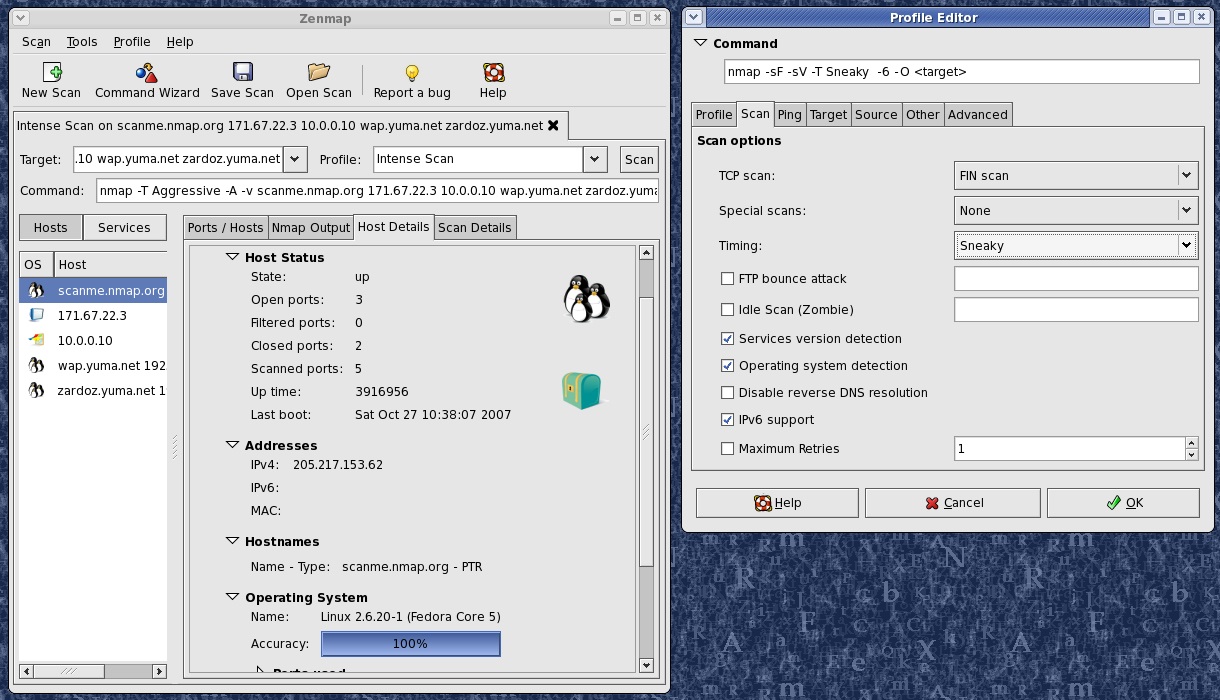
Features:
- Supports advanced techniques for mapping out networks filled with IP filters, firewalls, routers, and other obstacles.
- Port scanning mechanisms, version detection, and OS detection
- Scan capacity for huge networks with thousands of systems
- Supports most of the operating systems, including Linux, Windows, OpenBSD, FreeBSD, Solaris, Mac OS X, IRIX, Sun OS, HP-UX, NetBSD, Amiga, etc
- Easy to use graphical (GUI)
- Comprehensive and up-to-date guidelines to use the software in multiple languages
- Support through a vibrant community of developers and users
Cacti is a free and open source network mapping software that provides graphical representations of the network. With easy to use interface, Cacti is suitable for both smaller networks such as LAN based installations and large network with thousands of computers. It is free software with a GPL license. It provides support through its community forum. The project started in 2001, and currently, it runs on version 1.2.0.
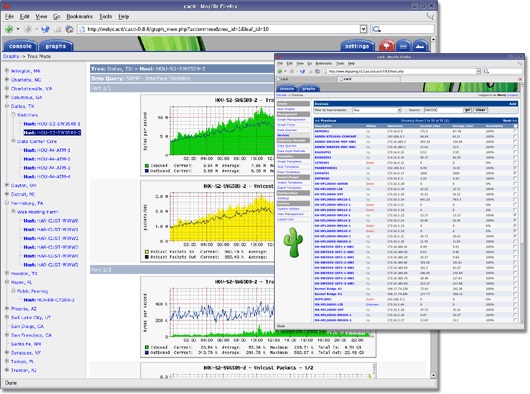
Features:
- Unlimited number of Graphs can be drawn
- Support for all of RRDTool's graph item
- Common network maps and graphs can be grouped together
- Built-in SNMP (Simple Network Management Protocol)support
- User-based administration control which allows admins to control access to the software
- Preview display of the graph
- In-built templates for network graphs
- Automatic network discovery
- Cross-platform operating system support
Networkmaps is a free and open source network mapping software that lets you map your network in real-time. Networkmaps is a web-based 3D network diagram editor. Users can access or edit network diagrams from Windows, Linux, Mac OSX Android or IOS devices. Users can obtain source code from network maps for free and run network maps on their own servers or private clouds.
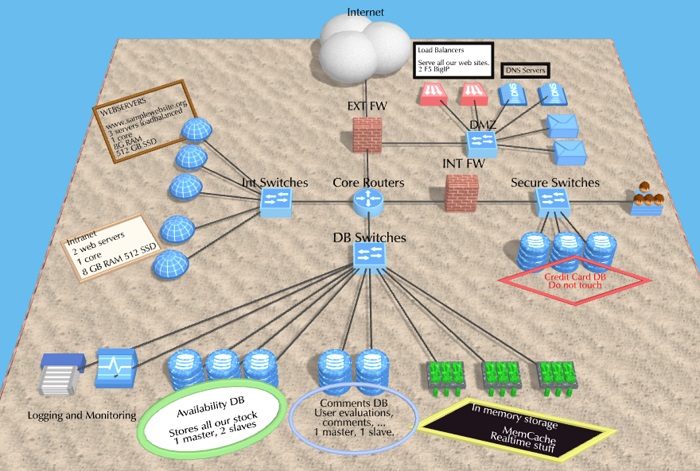
Features:
- Users can create network diagrams on 3D space. This feature solves the issue of limited space provided by the traditional sheets.
- NetworMaps separates between physical (L2) and logical (L3) network diagrams which help in identifying the different elements connected on a network
- The 3D diagram will be automatically created when users configure devices existing on the L2 network diagram
- NetworkMaps client-server architecture enables all computers connected to a server to create and edit network diagrams
- Automate network diagrams using the available API
- Update network diagrams based on the status of your devices in real-time
- No installation software required. Access network diagrams through a web-browser
- It allows for more than one user to edit a diagram simultaneously
Nagios XI is an open source network mapping software application. It is a high efficiency and comprehensive tool for IT infrastructure and networking monitoring. It provides a central view of everything happening in your networks. With a smart GUI, it provides options to customize the application's layout, design, and user preferences. With Nagios XI users can view network incidents and resolve them before they escalate further.
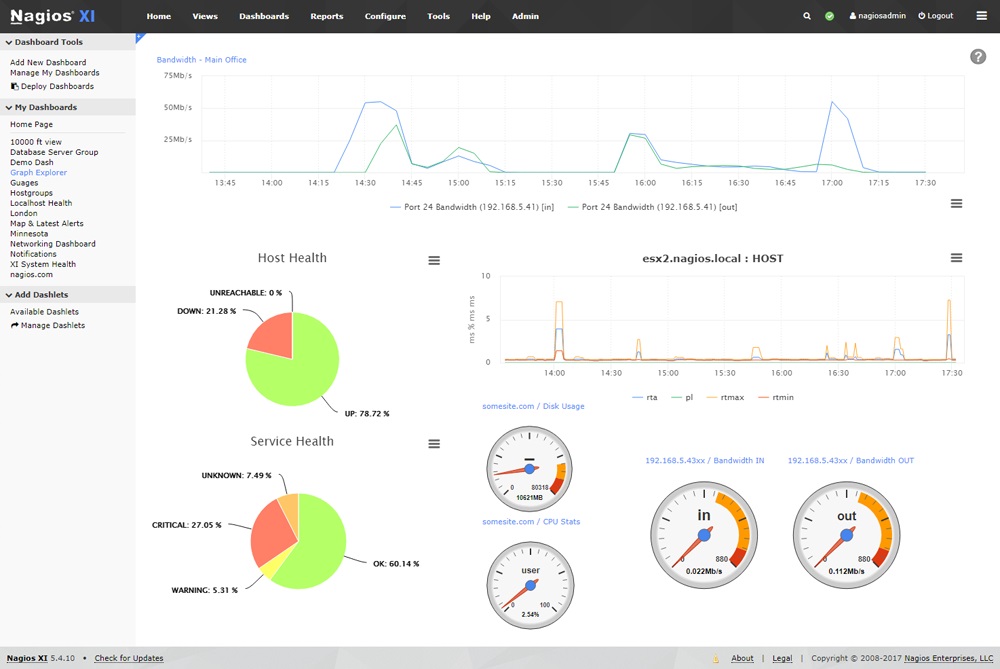
Features:
- Nagios Core 4 monitoring engine to provide scalable monitoring to users
- The dashboard provides a customizable overview of services, hosts, and network devices.
- Administrators can view network issues and troubleshoot them proactively
- Bulk Host Import,
- Auto-discovery of networks
- Multiuser capacity and extendable architecture with integrations
- Save your most recent configurations
- Easily set up and manage user accounts
- Nagios is a secure software
- Can work with CentOS or Redhat Enterprise Linux (RHEL), Ubuntu or Debian
OpenNMS is an open source network mapping software application. OpenNMS is a highly integrated, open source software designed for building network monitoring solutions. OpenNMS comes in two different distributions: Meridian, which is more suitable for enterprises and Horizon for monitoring new technologies and IT ecosystems. Both are completely open source and are licensed under AGPLv3. While Horizon is free to download, Meridian is available under a subscription model.
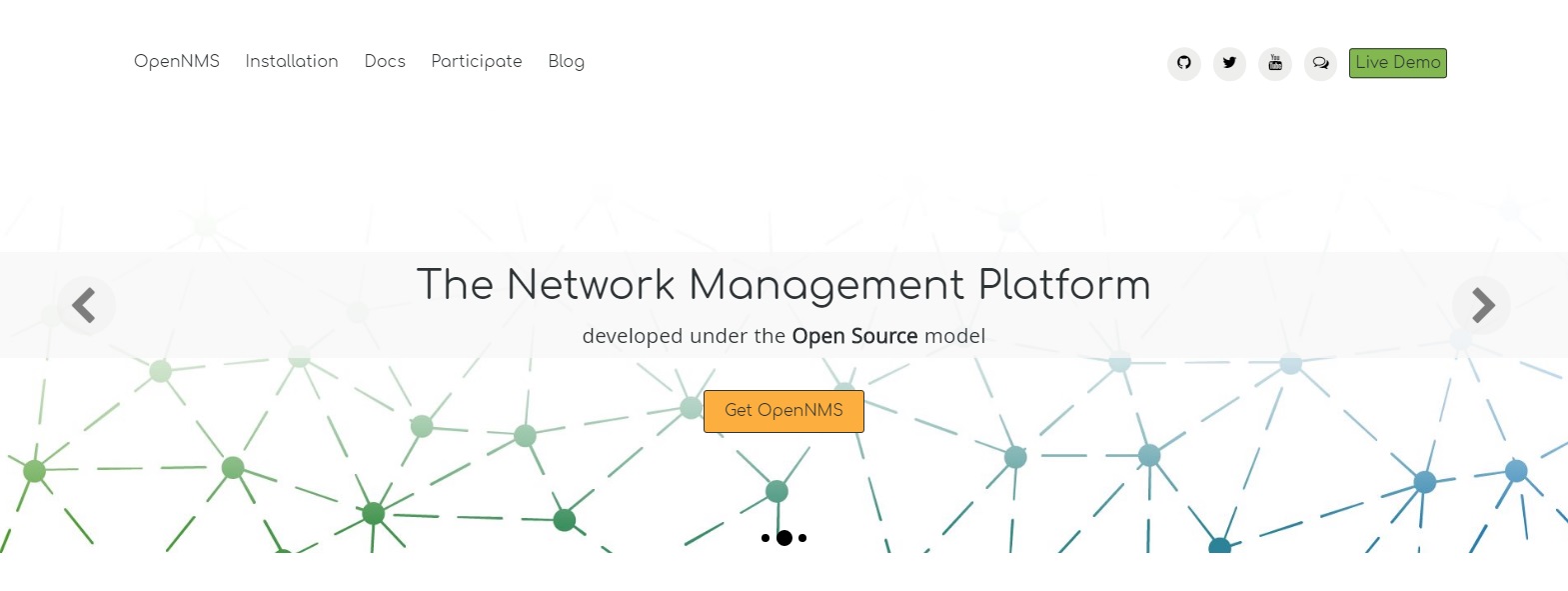
Features:
- Device and network Auto Discovery
- Location-Based Mapping
- Supports Layer 2 and Layer 3 Network Topologies
- Matrix type display on the dashboard
- Sends alerts and notifications in case of any network glitch
- Uses SNMP protocol for monitoring networks
- Detects interface outages, the response time of servers, etc
- Allows IT admins to do Root cause and impact analysis
- Users can monitor the performance of the devices using OpenNMS
- Data collection through various network protocols
Lantopolog is a free and open source network mapping software tool that lets you monitor the network, topology discovery, and visualization. The current version of LanTopoLog is 2.44. It runs on Windows Vista/2008/7/8/2012/10/2016/2019. It is licensed under Shareware.
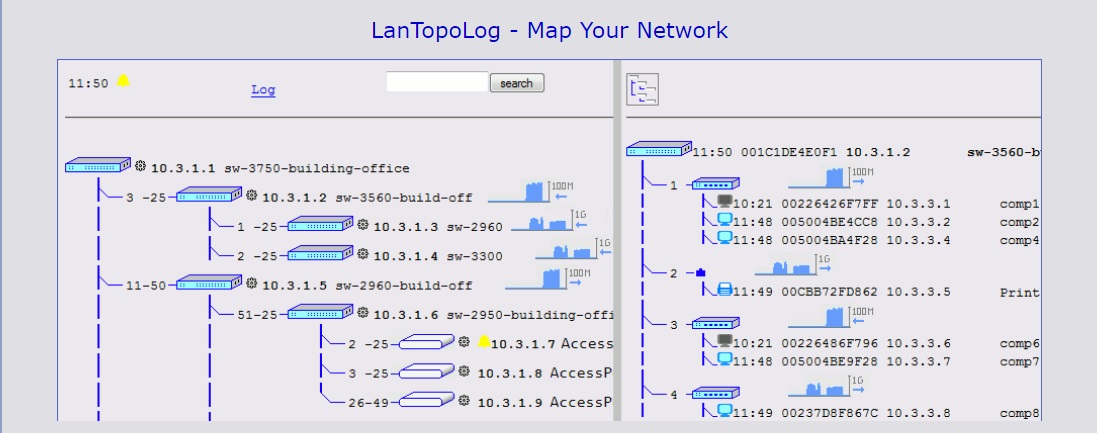
Features:
- Automatic network discovery based on SNMP
- Provides detailed and searchable physical network topology map
- Maps the physical port connections
- Detecting new devices in the network and notifying of this event
- Add custom data to the map
- Sends notifications when the Spanning Tree Topology is changed
- Ping monitoring tool
- Generating alarms when there are failures in the network
- Email alerts notifying
- Web browser-based access from anywhere in the network
- Network traffic monitoring
- Monitoring invalid and dropped packets
- Notify the administrator when traffic thresholds are exceeded
- Easy-to-use interface
- Safe to use and does not write anything to OS
Pandora FMS is a free and open source network mapping software. It is used for IT infrastructure management. It monitors networks and performance of systems such as routers, databases, firewalls, servers, and operating systems. It is available for free use under GPL (General Public License). It comprises components such as the Pandora server, web console, agents, and databases.
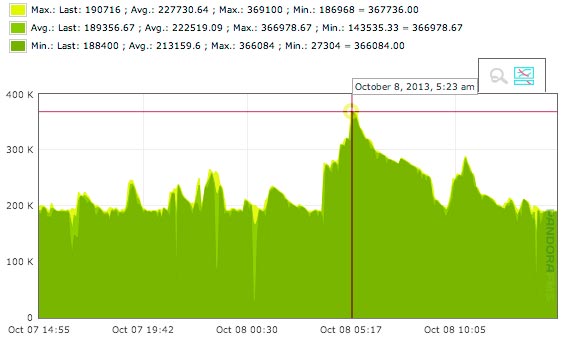
Features:
- Measure the bandwidth of your network
- Allows SNMP Monitoring
- Modem routers, switches, modems, API’s
- Configure a device with a few clicks,
- Start monitoring the bandwidth’s interface
- Status, load average, storage space, memory usage
- Use Recon Server to scout your entire network
- Apply templates to start monitoring your devices automatically.
- A full Class B network can be detected and monitored in less than an hour.
LibreNMS is an auto discovering PHP/MySQL-based free network mapping software. It uses the SNMP protocol for network monitoring. LibreNMS has a set of comprehensive network mapping features, and it supports a wide range of hardware integrations. It can run on various operating systems. It provides support through a community forum where users can post queries, provide suggestions, raise feature requests, etc. It is free and open source software available under the GPL v3 license.
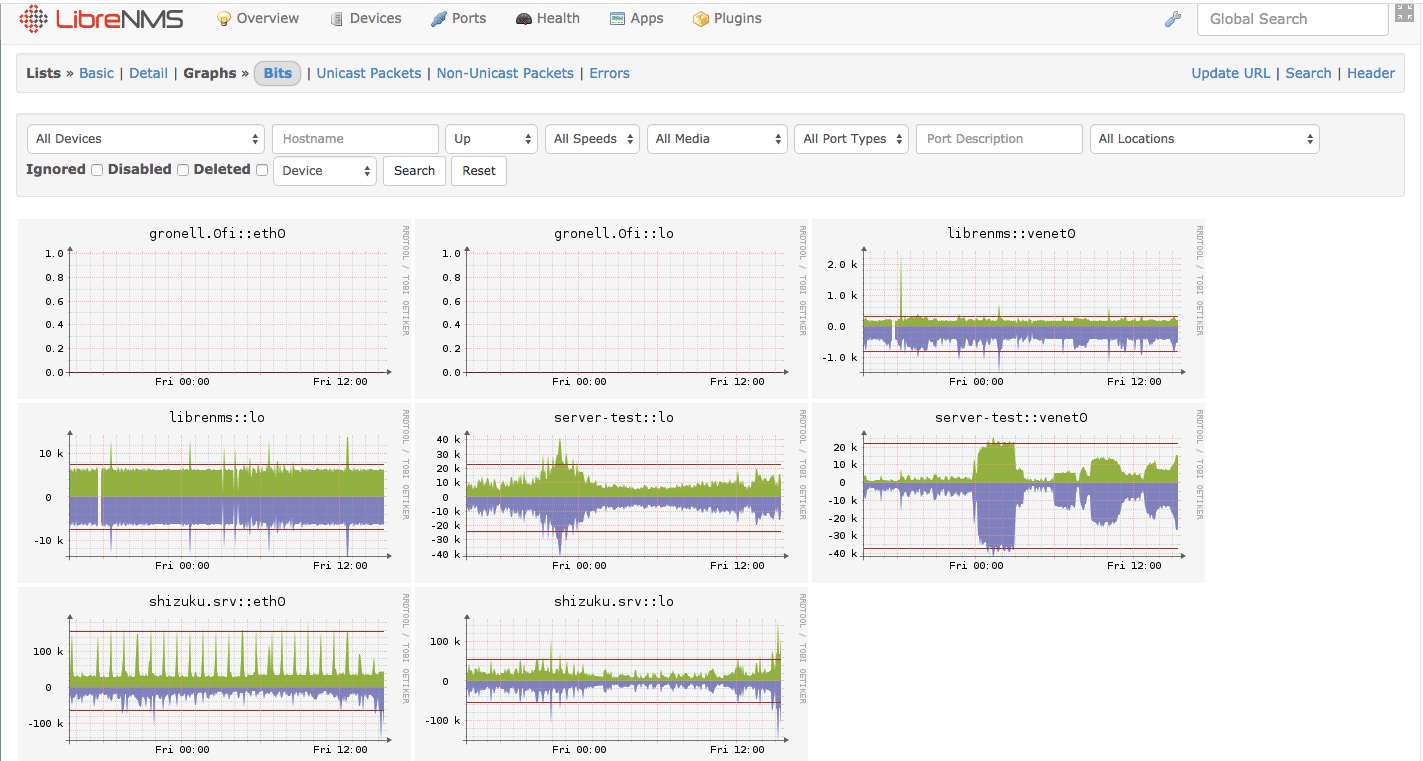
Features:
- Discover your network automatically using BGP, SNMP, FDP, LLDP, CDP, OSPF, and ARP
- Highly customizable network alerting system, notify via email, and more
- Access API to manage, retrieve and graph data
- Generate separate bandwidth bills based on usage for ports on your network
- Automatic updates with bug fixes, new features, and more.
- Native iPhone and Android Apps are available
- Mobile-friendly Web UI
- Integration support for SmokePing, RANCID, NfSen, Collectd, Oxidized
- Multiple authentication methods: Radius, Active Directory, MySQL, HTTP, LDAP,
You can choose from the above list of 8 best free and open source network mapping software for your network mapping needs and keep your networks secure. If you still need a more comprehensive software with better features to manage your networks, then you can add free network mapping software Paessler PRTG Network Monitor to your list. PRTG Network Monitor is one of the most popular network mapping software solutions available in the market. Let us see its features in detail:
Paessler PRTG Network Monitor
Paessler PRTG Network Monitor is a free network mapping software that comes with unlimited features for 30 days. After 30 days, it reverts back to the free version. The currently available version of this software is 20.1.55.1775. It supports multiple languages such as English, German, French, Portuguese, Spanish, Dutch, Russian, Chinese, and Japanese. It is used for unified monitoring of Network devices, Virtual Environments, Servers, IoT, Bandwidth, Remote systems, etc.
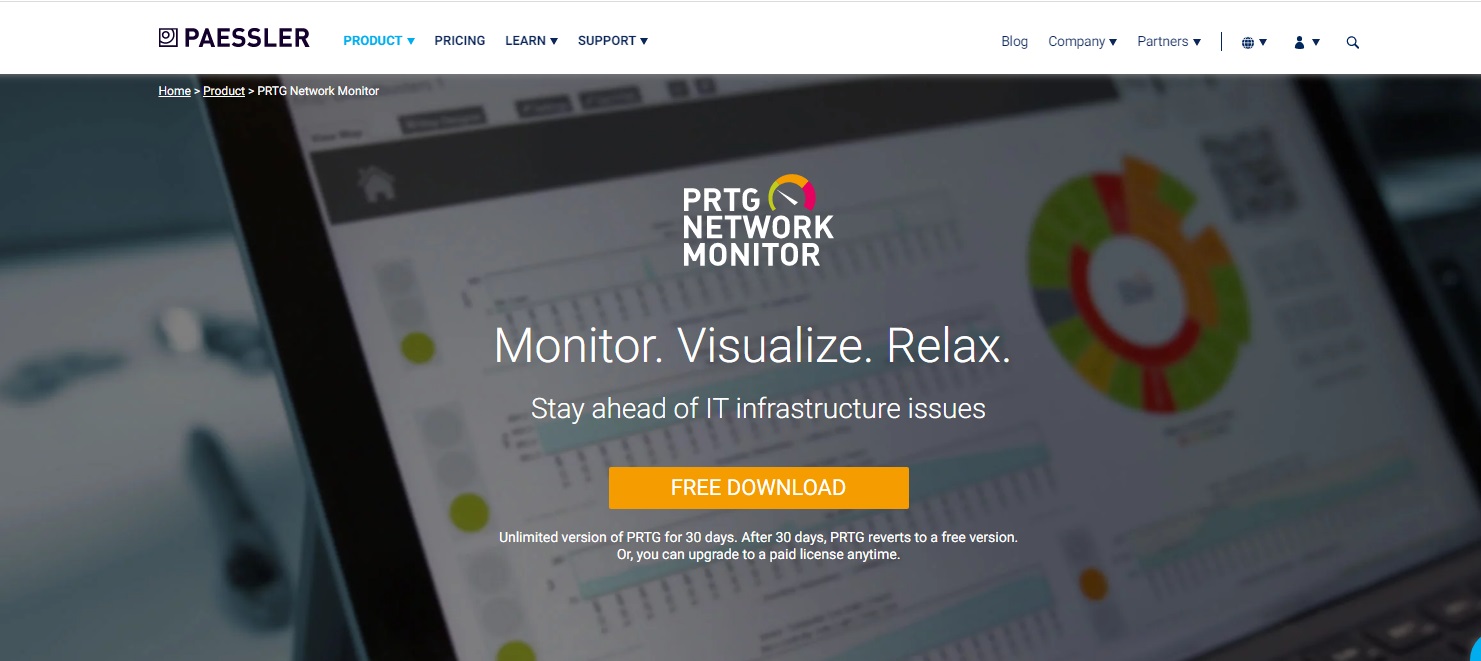
Features:
- Monitor all the devices, systems, applications, and traffic in your IT infrastructure
- Every feature is included with PRTG, and IT managers need not look for additional external plugins
- Bandwidth monitor supports Packet Sniffing, SNMP, WMI, and Netflow
- Monitors traffic, data packets, and other network metrics and elements
- Find out what applications and servers are using up your bandwidth
- Auto-discovery: Find network devices automatically, Detect new devices immediately
- Custom alarm system
- Monitor all servers (Web, virtual, database and mail servers) 24/7
Conclusion:
A map can condense a thousand pieces of individual information in one sheet. This ability to exhibit data in visual form was one of the greatest creations of the human mind. In the world of globalization with vast computer networks and cloud computing, network mapping has garnered special attention from the network administrators. With Network Mapping Software, companies can monitor and solve their IT infrastructure and network issues easily. Businesses that want to run their networks, without constantly fearing slowdown and sudden crashes, should invest in this technology to proactively manage their networks.
Businesses can choose from any of the free and open source network mapping software discussed in this article. Apart from the discussed free mind mapping software Network Performance Monitor, Intermapper, Adrem, DEK software, Edraw Max, and Aicon are some other network mapping software that you may choose for your networking monitoring needs. We will appreciate it if you make time to provide your inputs in the comments section below. If you have utilized any of the free and open source network mapping software mentioned above, then do share your feedbackwith us.
If you wish to see the features of any other software or any other software category other than the best free network mapping software, then do look at our software directory.
